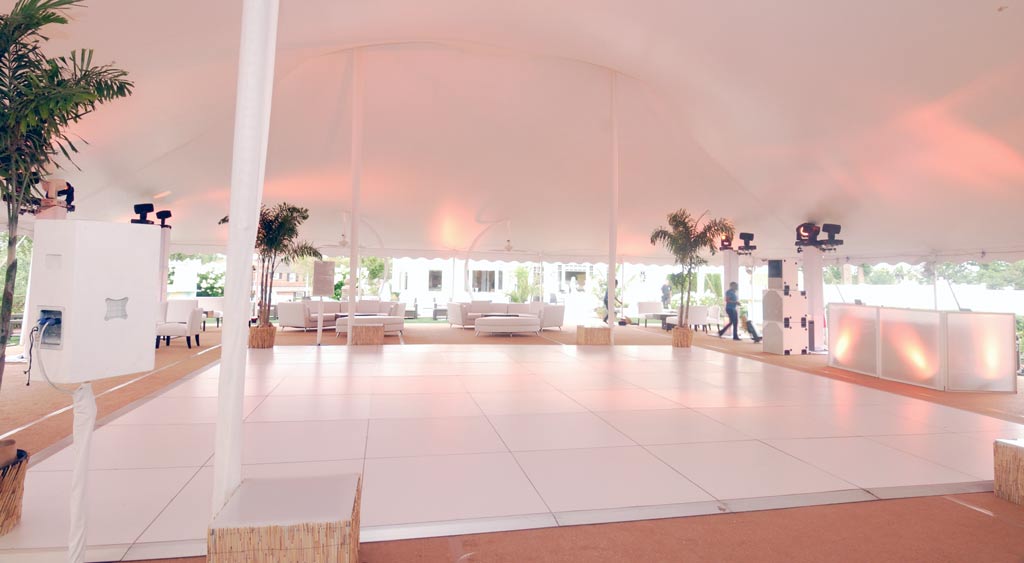Exploring the Diverse Materials That Convert Dance Surfaces into Breathtaking Visual Displays
Exploring the Diverse Materials That Convert Dance Surfaces into Breathtaking Visual Displays
Blog Article
Dance floors have evolved significantly over the years, transforming more than just a place to move to music. Currently, they are converted into breathtaking visual encounters through the use of multiple materials and techniques. These materials not only improve the aesthetic attractiveness of the area but also improve the overall experience for performers and audiences alike. Understanding the flexible substances that contribute to these vibrant settings can offer understanding into the art of performance floor design.
One of the most frequent materials used in contemporary dance floors is light-emitting diode lighting. LED lamps are power-saving and can produce a broad range of hues and effects. They can be integrated in the floor itself or used as part of a lighting setup over the dance floor. This innovation allows for coordinated light displays that can change in reaction to the melodies, creating an engaging encounter. The ability to program these lights means that they can be customized to match different concepts or moods, making each occasion distinct.
Another crucial substance is reflective materials, such as mirrors or polished tiles. These materials can create an illusion of area and depth, making the dance floor seem larger than it is. When performers dance, their reflections can add an additional layer of visual interest, enhancing the complete performance. Additionally, mirror-like surfaces can interact with illumination impacts, amplifying the colors and designs displayed on the floor. This fusion of light and mirroring can enthrall spectators and elevate the vitality of the occasion.
In furthermore to lighting and reflective substances, the use of digital screens has grown progressively popular in dance floor creation. These screens can display lively images, animations, or even real-time feeds of the performance. By incorporating electronic technology, occasion planners can create a multi-sensory experience that involves both the dancers and the spectators. The capability to change images in real-time allows for a fluid environment that can adjust to the beat and vitality of the melodies, making each instance feel fresh and thrilling.
Furthermore, the selection of flooring substance itself plays a crucial role in the overall encounter. Traditional wooden dance floors are still favored for their strength and performance qualities. However, newer substances like vinyl and rubber are becoming popularity due to their flexibility and ease of care. These materials can provide superior shock absorption, minimizing the risk of injury for performers. Additionally, they can be designed with various patterns and hues, allowing for creative expression in the dance floor's look.
In summary, the evolution of dance floors into stunning visual experiences relies on a mix of innovative materials and technologies. Light-emitting diode illumination, reflective surfaces, digital screens, and specialized flooring substances all contribute to creating an engaging environment for performers and spectators. As technology continues to advance, the opportunities for improving dance floor creation will only grow, making upcoming events even more captivating and memorable. Comprehending these substances helps value the artistry involved in creating spaces dance floor wraps for sports events where dance and melodies come together in harmony.